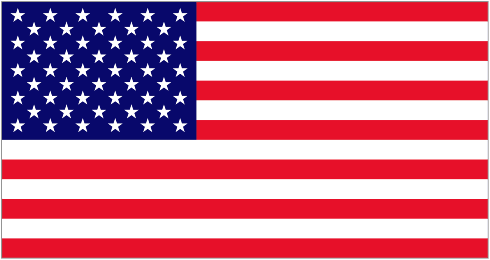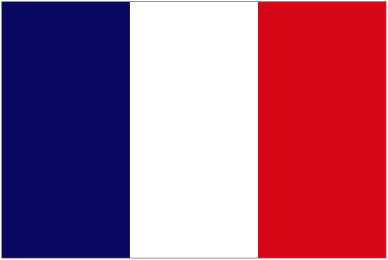How to determine the distances between 2 notes?
The first string must always be tuned properly which can be done with another instrument. All other strings can be tuned making reference to the first string.
The Cuatro should always be tuned with the following notes: A, D, F# and B.
Musical notes have distances between themselves. For example, the notes A and B have a tone in between one another. The tone is comparable to a physical distance, the space between 2 notes. Between F# and G# there is also a tone of distance, however, in between E and F there is only half of one tone. This is known as a semitone, the shortest distance between one note and another. Take a look at the graphic below:
Distances Between Tones and Semitones Graphic
Distances Between Tones and Semitones on the Cuatro
In the illustration above, we use the C Major chord as an example. Each individual fret is equivalent to a semitone. So if we take the first string, for example, knowing that this is A and following the pattern in the graphic above, by marking the 1st fret this would be A#, the 2nd fret would be B and then marking the 3rd fret (which is part of the chord) we would be playing C. Three of the Cuatros strings are natural notes. The first string is A natural, the second string is D natural, the third-string is the only one which does not coincide with a natural note being F# and the last string is B natural. Familiarize yourself with this as it will be important when understanding how chords and scales are made up and played.




